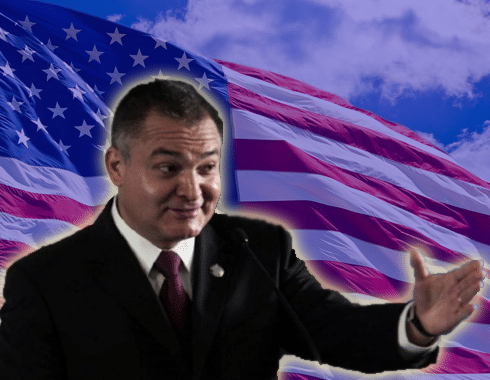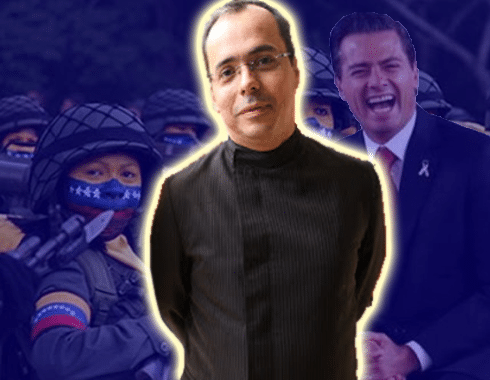Documentan la muerte de un oso polar debido al calentamiento global

El día de ayer el fotógrafo Paul Nicklen publicó en su instagram un video en donde su equipo documentó la muerte de un oso polar. El video fue realizado por la compañía SeaLegacy, una asociación que busca la conservación del medio ambiente. En este post, el fotógrafo declaró: “Es una escena que parte el alma y que aún me persigue, pero sé que necesitamos compartir lo hermoso y lo que nos rompe el corazón si queremos derribar los muros de la apatía”.
En el video se puede observar a un oso polar famélico que se mueve con dificultad para buscar alimento. El calentamiento global es responsable de la destrucción de ecosistemas enteros que contribuyen al daño de la cadena alimentaria de distintas especies. Los osos polares dependen completamente del hielo para cazar a sus presas. Actualmente, este fenómeno ha derretido la mitad del hielo polar y pone en riesgo a cientos de especies que viven en este ecosistema. La comunidad científica ha alertado que en 100 años el oso polar será una especie extinta. Nicklen mencionó: “Así es como se ve el hambre. Los músculos se atrofian. No hay energía. Es una muerte lenta y dolorosa… Pienso en la población global de 25,000 osos muriendo de esta manera”.
Cristina Mittermeir, colaboradora de SeaLegacy, dijo que: “Muchos han preguntado si pudimos haber salvado a este oso, pero la dura verdad es que sus músculos se habían atrofiado y era imposible rehabilitarlos. También hubiera sido ilegal alimentarlo, acercarse o hacer cualquier cosa para aliviar su dolor”.
El fotógrafo ya había compartido en el 2015 la fotografía de un oso polar en Noruega que posiblemente murió por las mismas causas.
Paul Nicklen es uno de los biólogos marinos y fotógrafos más importantes. Se especializa en la región polar. Es colaborador de la revista National Geographic y fue ganador del World Press Photo. A través de su organización y fotografías busca crear conciencia sobre la importancia de proteger el medio ambiente. En entrevista ha dicho: “Solo tenemos este planeta para vivir. No creo que vayamos a vivir a Marte y aunque encontráramos vida ahí, no quisiera mudarme. Este es nuestro planeta y debemos protegerlo”.
Sobre las acciones que se pueden llevar a cabo para detener el calentamiento global, Nicklen opina que “Debemos reducir nuestra huella de carbono, elegir la comida adecuada, detener la tala de los bosques y poner a la Tierra -nuestro hogar- ante todo”. Respecto a las políticas globales para detener este fenómeno, Nicklen menciona que: “No pienso que los líderes mundiales estén haciendo lo suficiente para revertir el impacto del cambio climático. Las actitudes necesitan cambiar. Necesitamos que los grandes emisores de carbono como los Estados Unidos y Canadá se avergüencen y hacer que las personas se preocupen por la naturaleza a su alrededor”.
Este video se suma a los preocupantes efectos que parece provocar el cambio climático como la existencia de huracanes más fuertes y el incremento del nivel del mar en diversas zonas.






